Harvest Lane Honey Rabbit Nesting Box Small – Cages, Habitats & Hutches
The Harvest Lane Honey Rabbit Nesting Box is warm, safe sleeping quarters for any small rabbit or bunny. A great addition for all rabbits or bunnies, this wooden rabbit nesting box provides private sleeping quarters. Great for momma Doe bunnies preparing her nest for her young, bucks can enjoy them as well, providing an instinctually sound sleeping quarter. Line the rabbit nesting box with straw or bedding to provide your rabbit or bunny a warm, safe home today. It’s fitting for all breed sizes.
The Harvest Lane Honey Rabbit Nesting Box is warm, safe sleeping quarters for any small rabbit or bunny. A great addition for all rabbits or bunnies, this wooden rabbit nesting box provides private sleeping quarters. Great for momma Doe bunnies preparing her nest for her young, bucks can enjoy them as well, providing an instinctually sound sleeping quarter. Line the rabbit nesting box with straw or bedding to provide your rabbit or bunny a warm, safe home today. It’s fitting for all breed sizes.
- Wooden rabbit nesting box is made in the USA
- Outer measures 17.25 in. W x 9.75 in. D x 9.75 in. H; interior measures 16 in. x 9 in. x 8-1/2 in.
- Sustainably sourced wood construction
- Heavy-duty design for long-lasting use
- Comes 100% fully assembled for convenience
- Safe and non-toxic when chewed
- Line with straw or bedding
- Rabbit nesting box is fitting for all breed sizes
Additional information
| Country of Origin | Made in USA |
|---|---|
| Base Shape | Rectangular |
| Compatible Animal Size | Small/medium |
| Features | Leak Resistant Bottom |
| Indoor/Outdoor | Indoor and Outdoor |
| Primary Color | No Color |
| Primary Material | Pine |
| Product Height | 9.75 in. |
| Product Length | 16 in. |
| Product Weight | 8 lb. |
| Product Width | 9 in. |
| Manufacturer Part Number | WWNEST-RB1 |


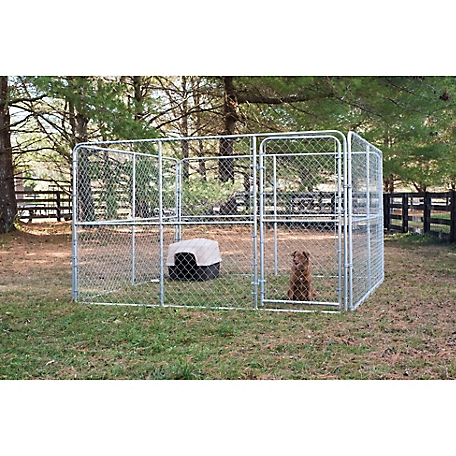

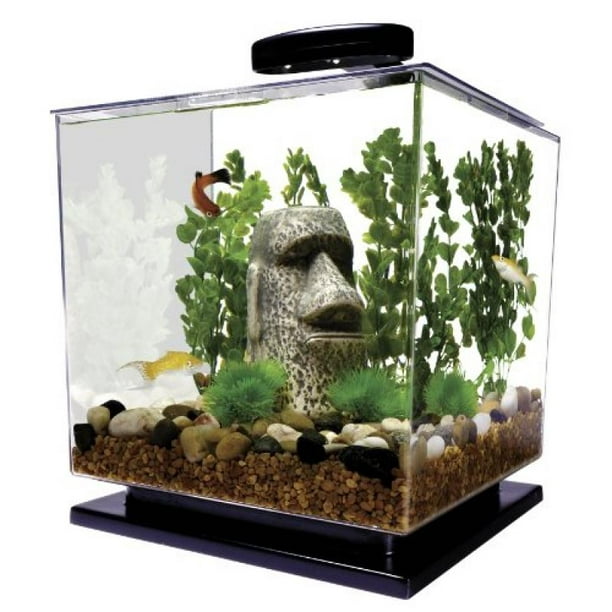
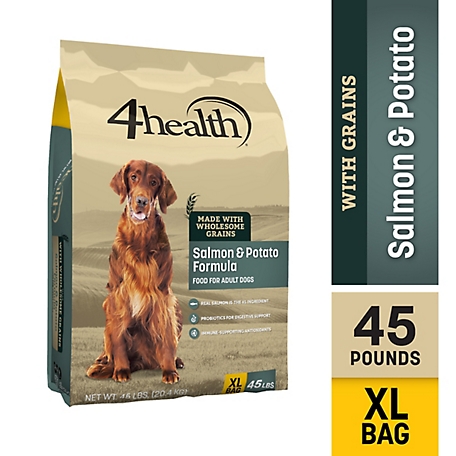
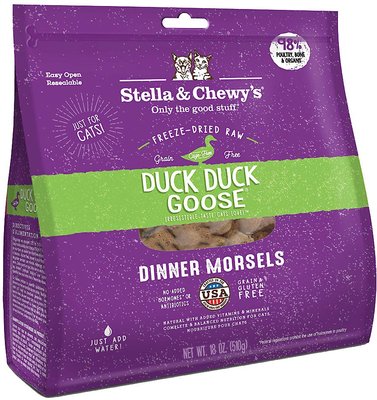
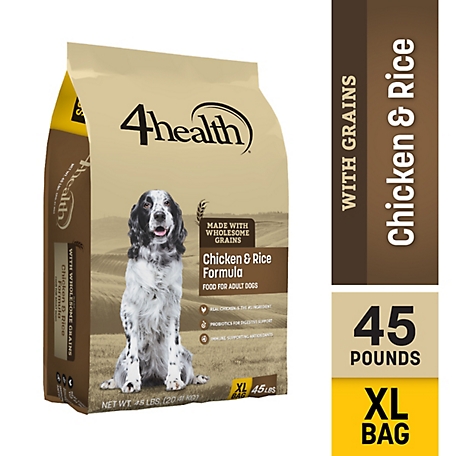
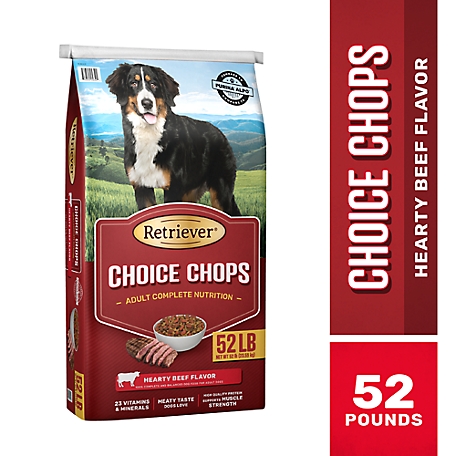
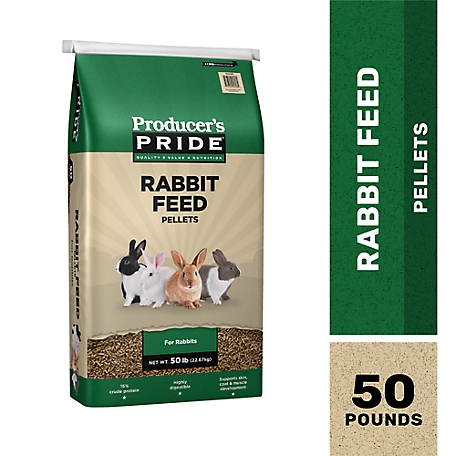
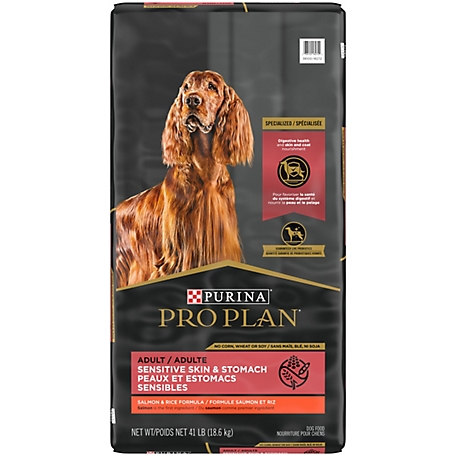

by James
Pretty good quality. One box had a few fasteners improperly placed, but they were easy to remove and replace. The other 2 were in great condition. The rabbits have really enjoyed them.
by Farmer
Built well, sturdy and my rabbits love it. I do as well cause I don’t have to build my own like I have in the past. I will be purchasing these again as my rabbit herd grows. Thank you for such a great product.
by Veagle
Perfect size and quality.